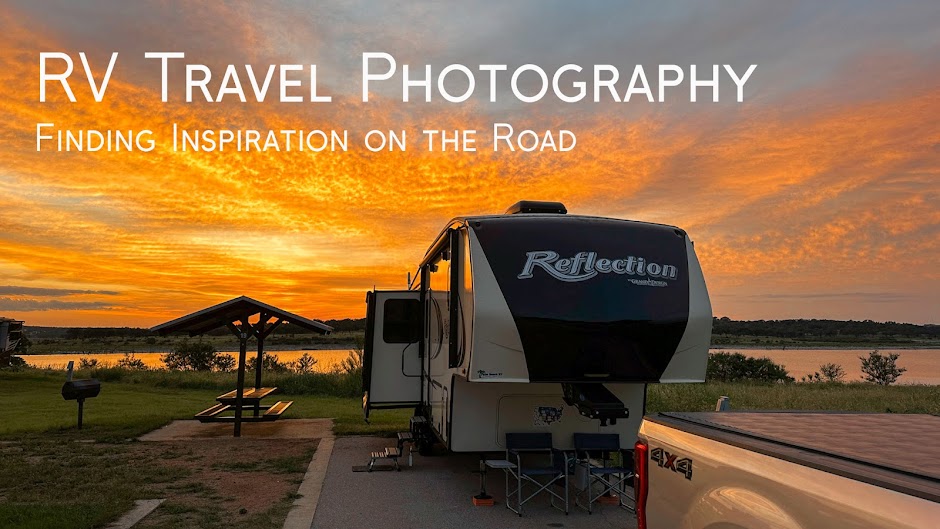Our home on wheels was parked at a campground in the middle of Kansas where a dog can run away and be seen for days. For several weeks up to now, we had traveled through South Dakota and Nebraska, two of the least populated states in the union. Exploring the Great Plains during the peak of the Covid epidemic was the perfect strategy to avoid crowds and it was only appropriate to continue in Kansas where cattle outnumber people 2 to 1.
Hot and mostly cloudless skies is how I remember our short
time in Kansas. Those notorious Kansas storms were nowhere in the forecast –
nothing but blue. Good when living in an RV, not so much for a photographer
seeking out compelling Great Plains images. But there was a full moon rise
scheduled near sunset that motivated me to drive seven miles down a desolate
and primitive ranch road through the middle of nowhere to the ‘Chalk Pyramids’
one late evening. A full moon on a sunlit evening sky of pastel blues and pinks
would be a sweet backdrop for the strange and abrupt geological landmarks.
Western Kansas is largely badlands, an extension of the eminent
Badlands of South Dakota. Kansas’s badlands are characterized by flat land frequently
disturbed by deep crevices or arroyos, that when viewed aerially appear like
spindly tree branches gone awry. Interrupting this landscape from out of
nowhere are great walls of rock, as if aliens landed and somehow froze in place.
The dramatic vertical rock formations in the middle of
Kansas’s vast and flat ranch land are survivors of nature’s forces – wind and
water. These are sedimentary formations of Niobrara chalk created by the
erosion of a seabed formed millions of years ago. What remains standing are
testaments to the durability of hard rock as the surrounding softer rock erodes
away over time.
The rocks left behind are solid and robust enough to
continue as an earthly monument – at least in our lifetimes. Why photograph
these rocky anomalies? We gravitate to them because they are extraordinary and strange.
Anything that stands out is a point of focus – it compliments or contradicts
its surroundings – standing alone in perfect solitude. That is Kansas’s
Monument Rocks National Landmark.
I came prepared with a wide angle and telephoto lens. The
telephoto would become useful when capturing the moon rise. An hour and a half
before sunset, I walked around the rocks with several other people looking for
compositions and making use of the sunlight through the openings. By the time
the moon began to rise, most people had left. I positioned myself and tripod on
some flat rocks facing the direction of the moon so that it appeared between
two very tall outcroppings. This would do quite nicely, but by then, I had
little time left as the sun disappeared behind the horizon. Monument Rocks are on
private land with a sundown curfew, and I had no intentions of breaking a
landowner’s rules.
 |
| Click on image to enlarge. |
Kansas touts Monument Rocks National Landmark as its first
National Natural Monument and one of its eight Wonders of Kansas. But it is
located on private land where no services are available, and the road can be
impassable in inclement weather. Technically, it is open sunup to sundown but
depending on your internet search results, it may be open 24 hours a day. All
that is left for you to do is simply get off the interstate and discover
Kansas’s badlands.
“Where to next?” she asked.






No comments:
Post a Comment